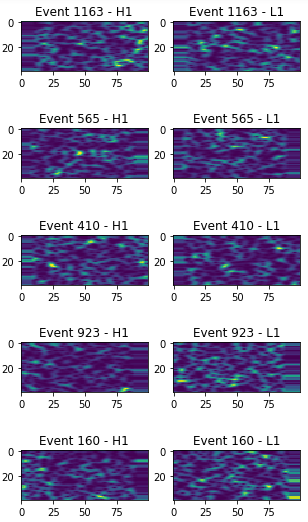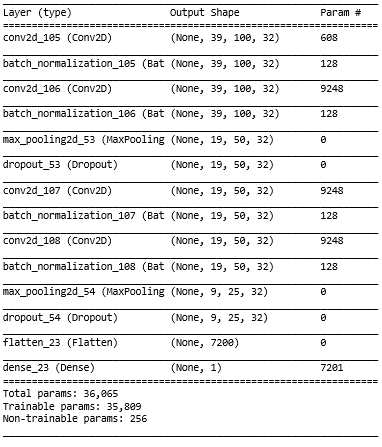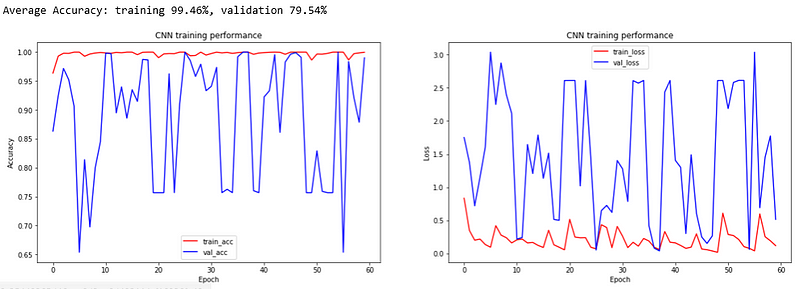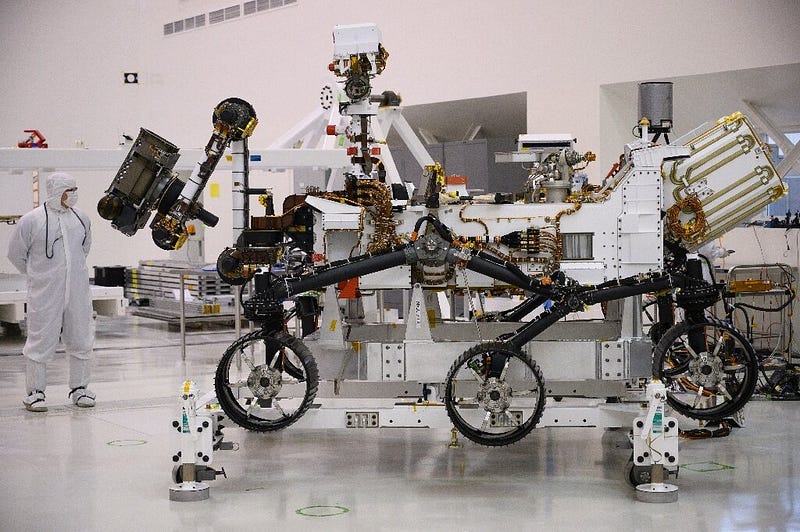Harnessing AI for Gravitational Wave Classification in Astronomy
Written on
Understanding Gravitational Waves and AI
In this article, we explore the potential of machine learning in assisting astronomers with the vast amounts of data gathered during space exploration. By providing practical strategies and functional Python code, we aim to give readers hands-on experience with a real-world dataset derived from space. Specifically, we will focus on training a convolutional neural network (CNN) to identify gravitational waves detected from space.
2020: A Milestone Year for Space Exploration

Gravitational waves, which are ripples in spacetime caused by events like binary neutron stars merging, can be challenging to identify. Traditionally, we have built, trained, and evaluated neural networks on familiar image datasets such as MNIST or CIFAR-10. These AI methods have also been utilized in various applications, from recognizing viral cat videos to detecting tumors in medical images and assessing climate change impacts.
Now, it's time to apply machine learning techniques to a genuine dataset from space exploration. We invite you to engage with the challenge of categorizing images as either gravitational waves or non-detection events, using data from two distinct detectors.
What Are Gravitational Waves?
Gravitational waves are distortions in the fabric of space, detected by measuring the variations in distance between two objects.
LIGO's Role in Gravitational Wave Detection
The Laser Interferometer Gravitational-Wave Observatory (LIGO) stands as the largest gravitational wave observatory globally, capable of recording these waves with exceptional accuracy. Its data archive currently exceeds 4.5 Petabytes, with an anticipated growth of around 800 terabytes annually. We have access to two datasets provided by Prof. Pavlos Protopapas’s team: GW_aug.npy (containing information on 1568 gravitational wave events) and ND_aug.npy (featuring 1216 non-detection events).
Each event is characterized by 39 frequency components, with each frequency further represented by 100 time components. These time components indicate the normalized power of the given frequency at a specific moment, recorded at two locations: LIGO Hanford (H1) and LIGO Livingston (L1).
An event resembles an image of signals captured at H1 and L1, as a spectrogram displays frequencies on the Y-axis and time on the X-axis, while the color intensity represents signal strength on the Z-axis—brighter colors indicate higher energy levels in the signal.


As illustrated, treating the locations as channels for our spectrogram images should aid the classifier in distinguishing between the distinct signatures of these events, similar to how RGB channels function in color images.
Building a CNN for Gravitational Wave Classification
Processing 4.5 Petabytes of data daily to differentiate between gravitational waves and non-gravitational signals poses an intriguing challenge. In this section, we will construct a Convolutional Neural Network (CNN) to automatically classify events as either GW or ND.
One of the strengths of CNNs is their ability to process stacked images, allowing the network to read Hanford data (H1) and Livingston data (L1) in sequence. After merging our datasets, we create a numerical response variable, assigning a value of 1 for GWs and 0 for NDs. Subsequently, we divide the data into training and testing sets.
Our findings indicate that utilizing a similar architecture to the ones used for classifying MNIST or CIFAR-10 achieves satisfactory results. Below, we outline a flexible CNN architecture:
- Conv2D Layer: Adds a convolution layer with a variable count of filters and sizes.
- L2 Regularization: Prevents overfitting by penalizing large weights.
- Batch Normalization: Keeps the mean activation close to 0 and the activation standard deviation near 1, facilitating faster convergence.
- MaxPooling2D Layers: Downsample feature maps to highlight essential features.
- Dropout: Randomly disregards some nodes, compelling remaining nodes to learn alternative features, thus enhancing the network's generalization capabilities.

Validation accuracy is crucial for assessing model performance. Following a brief training period, our CNN model achieved a classification accuracy of 79.54% on previously unseen events.

Conclusion: The Future of Space Exploration with AI
As we look towards 2020, nations like China, the U.S., and the United Arab Emirates are racing to explore Mars, with artificial intelligence positioned as a valuable tool akin to a skilled research assistant on the ground.

In this piece, we have connected the realms of space exploration and data science, demonstrating how exploratory data analysis and deep learning can be applied to astronomy. We successfully trained a convolutional neural network to identify gravitational wave events recorded by LIGO, achieving nearly 80% accuracy in recognizing events linked to neutron stars or black holes.
For further reading, check out our article on the foundational principles of deep learning and computer vision.
The first video titled "Matched-filtering Techniques and Deep Neural Networks for Gravitational Wave Astronomy" delves into advanced methods used to enhance the detection of gravitational waves through AI.
The second video, "Image Classification with Convolutional Neural Networks (CNNs)," offers a comprehensive overview of how CNNs can be applied in image classification tasks.